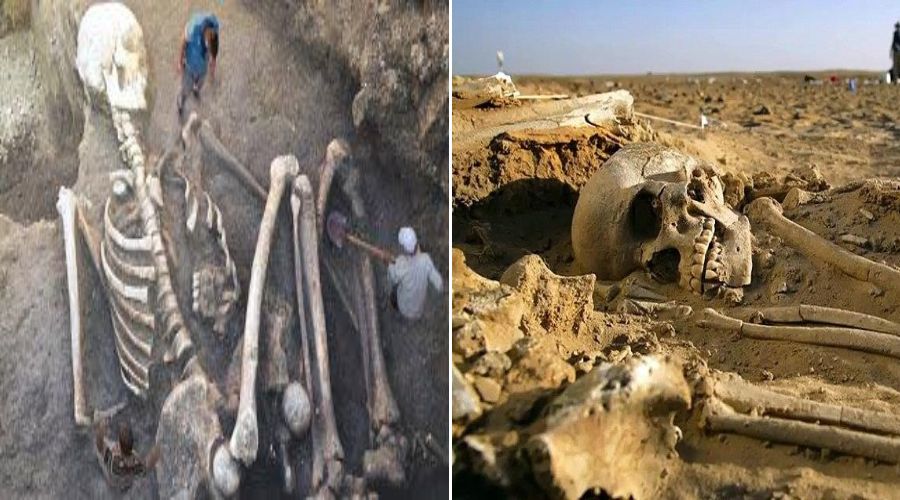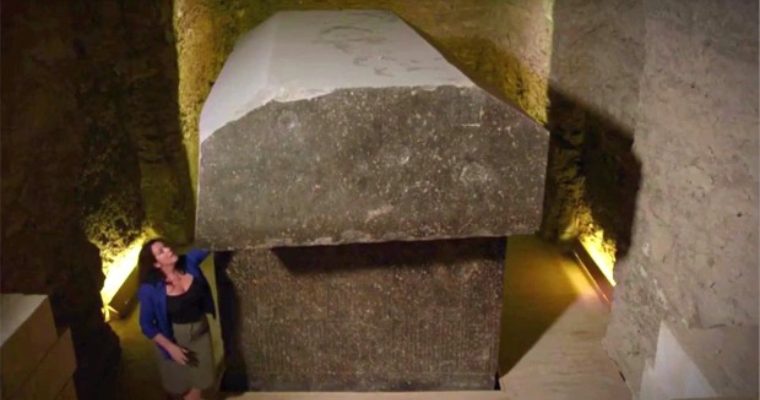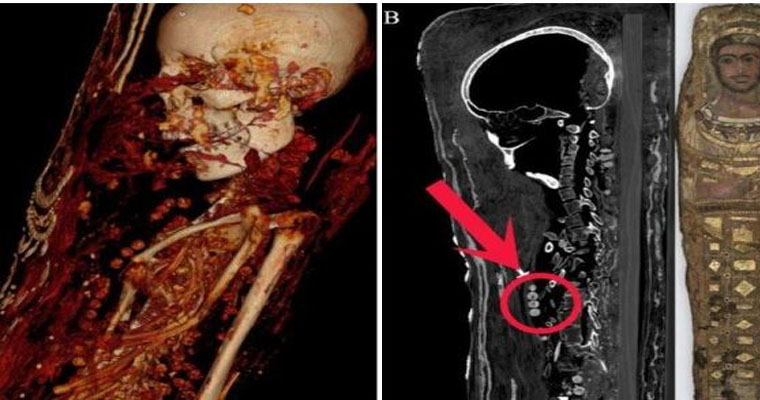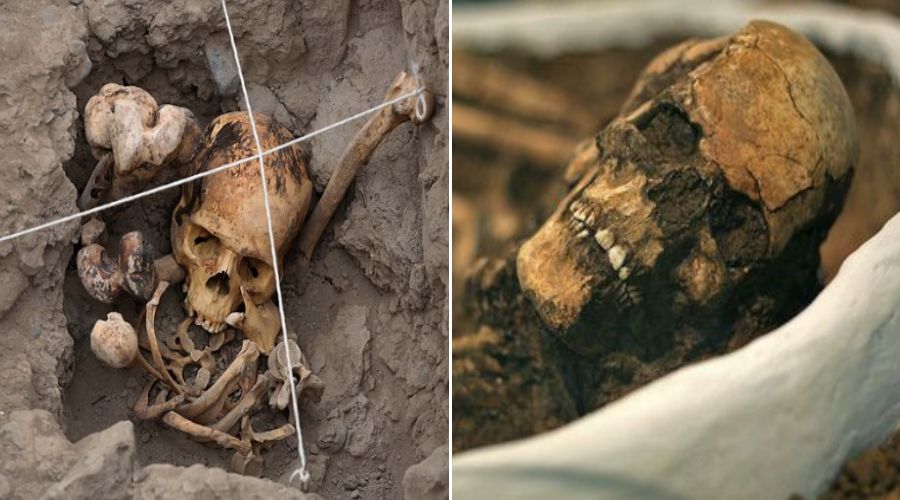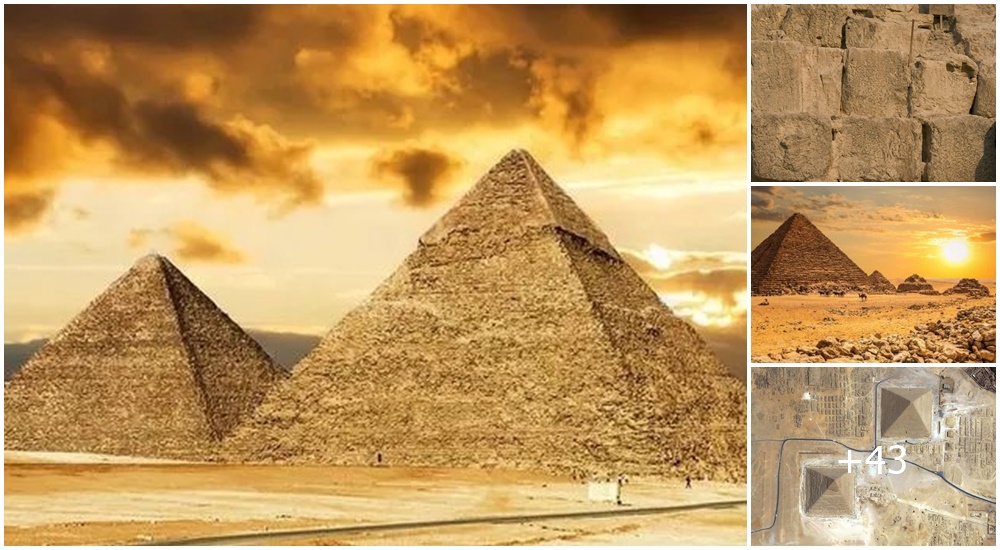
Los cadáveres naturalmente deshidratados como este probablemente inspiraron al antiguo pueblo Chinchorro de la región a momificar activamente a sus muertos, especulan los científicos en un nuevo estudio. La práctica, sugieren los investigadores, despegó durante una época de abundancia natural y crecimiento de la población, cuando los Chinchorro estaban en mejores condiciones para innovar y desarrollarse culturalmente.
Los Chinchorro, que vivían en pueblos de pescadores a lo largo de las costas de Chile y Perú, habían comenzado a momificar esqueletos hacia el 5050 a. C., miles de años antes que los egipcios. Los arqueólogos se han preguntado durante mucho tiempo cómo surgió la práctica, y un culto a la muerte relacionado, y algunos especularon que se había importado de la cuenca del Amazonas, notablemente más húmeda (mapa regional).

“Our study is one of the few to document the emergence of social complexity due to environmental change”—in this case, climate shifts that desiccated the Atacama, study leader Pablo Marquet said.
“Until now, most of the emphasis has been on how environmental change triggers the collapse of societies,” said Marquet, an archaeologist at Catholic University in Santiago, Chile.
DEATH MASK
Laid to rest on woven reeds, a bewigged prehistoric boy—or a reasonable facsimile—bears evidence to the Chinchorro’s complex mummification rituals. Rather than preserving flesh, the desert people used a paste of manganese-infused ash to sculpt “bodies” atop defleshed skeletons, whose internal organs had been replaced with earth.
Marquet and his team think the start of the Chinchorro’s mummification practices coincided with a period of increased rainfall in the nearby Andes mountains (picture) about 7,000 years ago, as evidenced by the discovery of fossils belonging to perennial plants in regions that are so-called absolute desert today.

“That recharged the aquifers and made fresh water available in the lowlands,” Marquet said. “It also allowed for more resources in the environment, including more fish, more shellfish, and more seals to hunt.” That plenty encouraged population growth, which in turn sparked innovations, Marquet speculated.
To compare Chinchorro population fluctuations with the environmental evidence, Marquet and his team collected data on nearly 500 radiocarbon-dated archaeological sites in southern Peru and northern Chile. The resulting curve indicates that population increased dramatically about 7,000 years ago, peaked about a thousand years later, and began declining by about 5,000 years ago.

A “black” mummy seems to smile beneath a 5,000-year-old coating of dark ash paste and a human-hair wig.
Emerging around 5,000 B.C., the black style of mummification lasted more than two millennia among the Chinchorro. Around 2800 B.C., black was replaced by red, perhaps due to a change in color symbolism or because the necessary black manganese was becoming harder to find.
